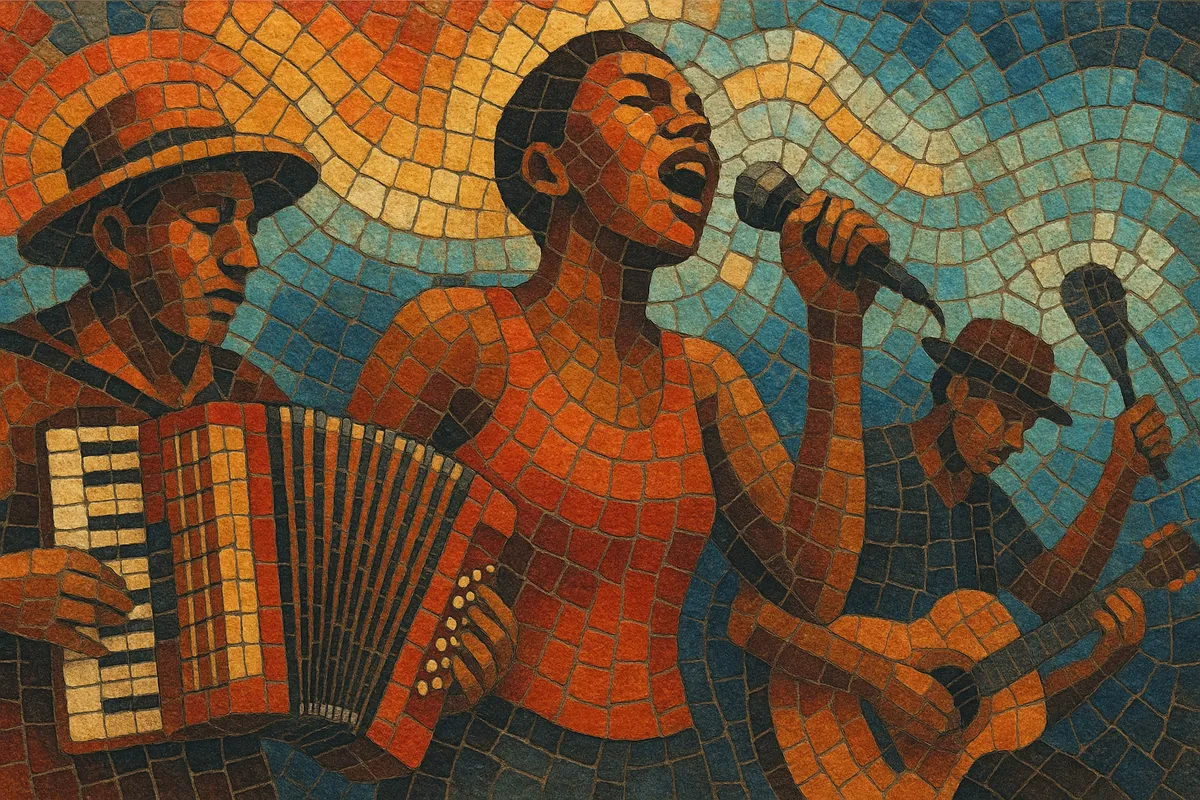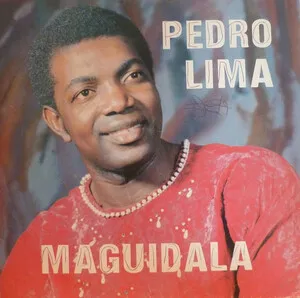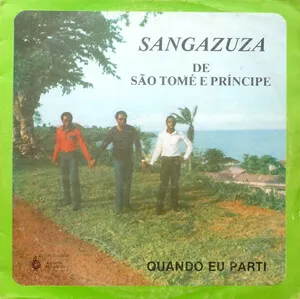Puxa is a high-energy dance style from Cape Verde associated with the funaná family of rhythms, centered on driving diatonic accordion (gaita) riffs and the metallic scrape of the ferrinho.
It is typically in a fast duple meter with insistent off‑beat accents that “pull” the groove forward—hence the name, which echoes the Portuguese verb for “pull.”
In social settings, puxa functions as party music: upbeat, earthy, and communal, with call‑and‑response vocals in Cape Verdean Creole and concise, catchy melodic hooks.
Modern puxa arrangements often combine traditional instruments with electric bass, drum kit, and guitar, keeping the core rhythmic engine intact while expanding harmonic color and stage presence.
Puxa emerged within the broader funaná tradition on the island of Santiago, Cape Verde. While funaná’s roots reach back to the colonial era, puxa coalesced as a fast, dance-forward variant that amplified the style’s propulsive qualities—especially the percussive ferrinho patterns and punchy accordion figures.
After Cape Verde’s independence in 1975, bands began reclaiming and modernizing local rhythms that had long been marginalized. Groups such as Bulimundo and later Ferro Gaita brought rural funaná idioms onto urban stages and recordings, and within that movement a brisk, “pulled” variant gained currency among dancers and musicians, commonly referred to as puxa. Amplified instrumentation (electric bass, drum kit, guitar) and studio production helped define its contemporary sound.
As Cape Verdean music reached larger diasporic audiences in Europe and North America, puxa tracks—fast, festive, and direct—became reliable highlights in live sets and community parties. Bands and accordionists emphasized concise song structures, memorable hooks, and athletic dance grooves, distinguishing puxa from slower coladeira and more sentimental morna while remaining culturally and musically tied to funaná.
Contemporary artists keep puxa’s core intact—ferrinho drive, diatonic accordion lead, 2/4 momentum—while integrating modern production and occasional crossover elements from Cape Verdean pop and club styles. The result is a style that remains rooted in Santiago’s tradition yet adaptable to festival stages and dance floors across the diaspora.




